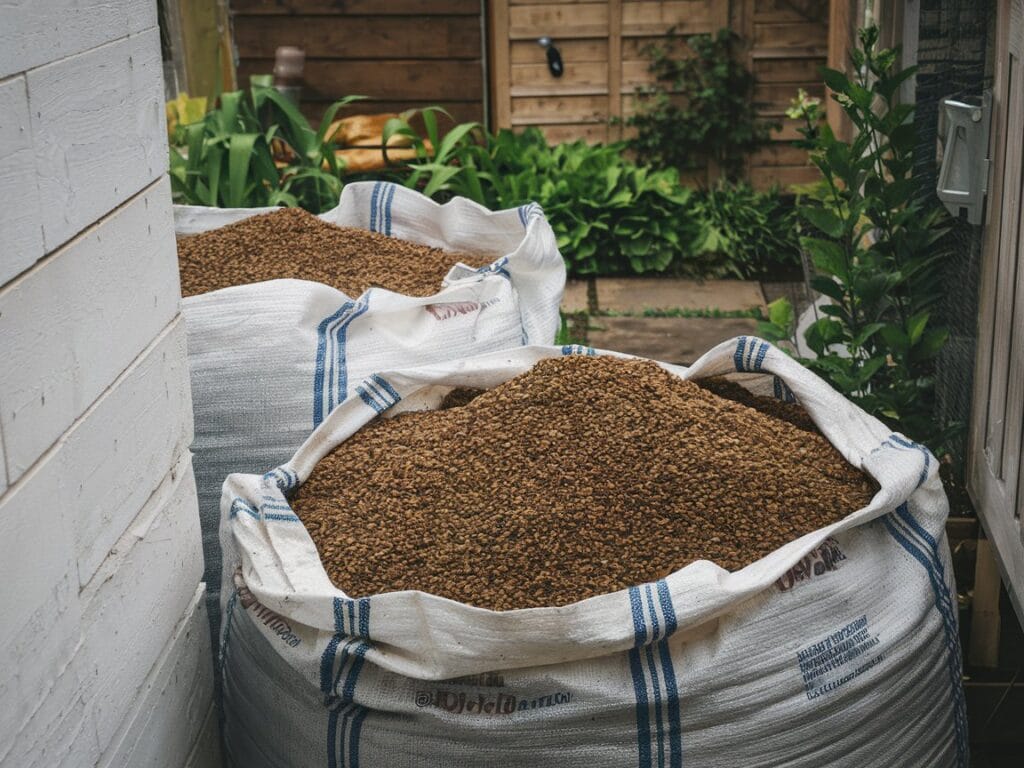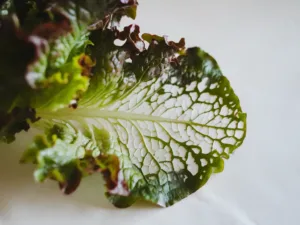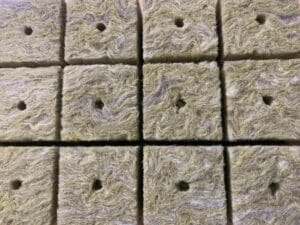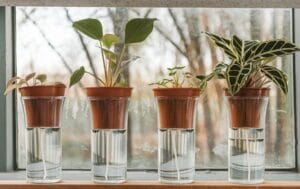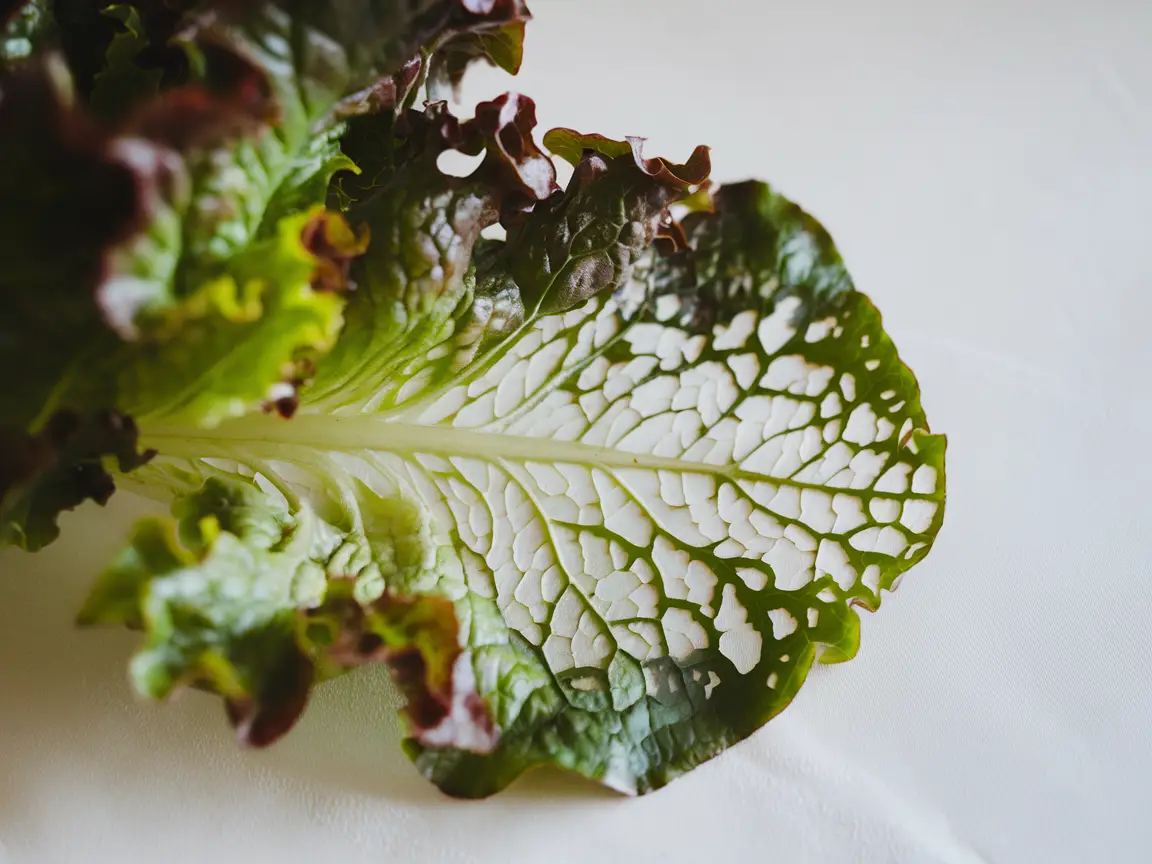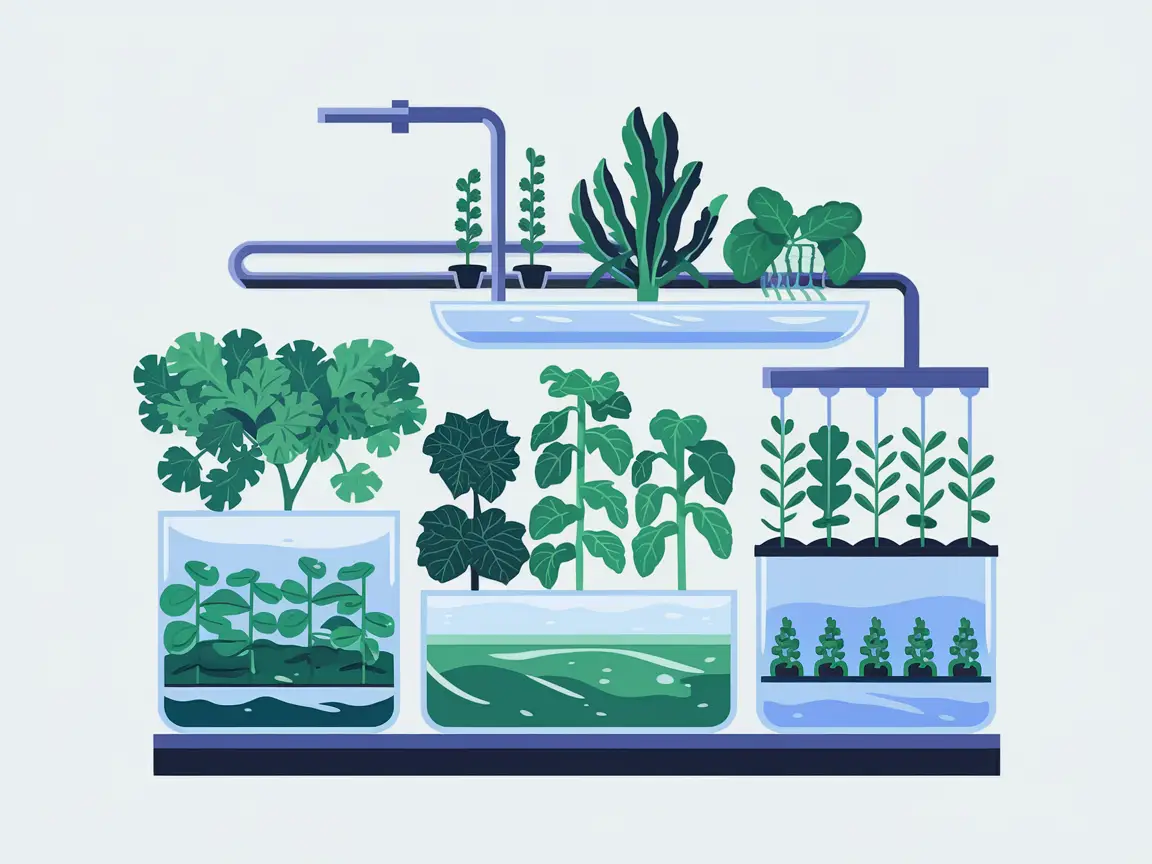What is Pumice? A Natural Wonder of the Earth
Pumice is a porous volcanic rock that forms when lava rapidly cools. Its light weight and porous structure make it ideal for a variety of applications—from construction to gardening. In hydroponics, pumice stands out for its excellent water retention and aeration properties. But let’s take a closer look at these qualities.
Benefits of Pumice as a Hydroponic Substrate
1. Excellent Drainage and Aeration
Pumice provides a unique combination of water retention and drainage. Its porous structure allows excess water to drain quickly, while still maintaining sufficient air within the substrate. This prevents waterlogging and ensures optimal oxygen supply to the roots, leading to healthier plants.
2. Stability and Longevity
Unlike organic substrates like coconut coir or peat, pumice does not break down and retains its structure over years. This means you can reuse it multiple times without losing efficiency, which is a big plus for sustainability and cost-effectiveness in your hydroponic garden.
3. pH-Neutral and Safe
Pumice is naturally pH-neutral, making it ideal for most plants. You won’t have to worry about unexpected pH fluctuations, as can happen with other substrates. This makes pumice especially beginner-friendly, reducing the time and effort required to monitor and adjust your nutrient solution.
Pumice vs. Other Hydroponic Substrates: A Comparison
You might be wondering how pumice compares to other common hydroponic substrates such as rockwool, clay pellets, or coconut coir. Here’s a quick overview:
- Pumice vs. Rockwool: Both offer good aeration and drainage. However, pumice is more natural and reusable, while rockwool is often seen as less sustainable.
- Pumice vs. Clay Pellets: Clay pellets offer similar benefits but are often heavier and can cause pH fluctuations. Pumice is lighter and more stable.
- Pumice vs. Coconut Coir: Coconut coir is an organic substrate that can decompose over time, while pumice retains its structure and properties. Pumice is also pH-neutral, which is not always the case for coconut coir.
How to Use Pumice in Various Hydroponic Systems
Pumice works well in net pots used in a Deep Water Culture system. The plant roots grow through the pumice to reach the oxygen-rich nutrient solution. The pores in the pumice support good oxygen circulation and prevent the roots from “drowning.”
Pumice is particularly well-suited for ebb and flow systems. Its water-retention capability combined with excellent drainage prevents plants from becoming too wet or too dry between flood cycles. It remains stable and delivers consistent results.
3. Drip Systems
Pumice can also be used as the primary substrate in drip systems. Its porous structure supports even distribution of nutrients while allowing the roots to breathe, ensuring excellent nutrient availability.
Tips for Using Pumice in Your Hydroponic Garden
1. Choose the Right Size
Pumice is available in various grades, from fine to coarse. For hydroponics, a medium to coarse grade works best, as it offers a good balance of water retention and drainage. Fine pumice may hinder drainage, while very coarse pumice may not retain enough water.
2. Rinse Thoroughly Before Use
Although pumice is often delivered clean, it may still contain dust and small particles. A thorough rinse before use ensures that your system remains free of suspended particles.
3. Regularly Monitor Nutrient Solution
While pumice is pH-neutral, you should still check and adjust the nutrient solution regularly to ensure your plants have the best growing conditions. Hydroponics requires precision, and regular monitoring will help you catch issues early.
Is Pumice Sustainable? A Look at Eco-Friendliness
Pumice is a natural product derived from volcanic rock. It’s non-toxic, stable, and reusable, making it a more environmentally friendly option compared to single-use substrates like rockwool. Since pumice is not chemically treated, it’s also safe for disposal and does not contribute to environmental pollution.
Challenges of Using Pumice
While pumice offers many benefits, there are some challenges to consider:
- Weight: In large quantities, pumice can be quite heavy. For large hydroponic systems or vertical gardens, ensure your setup can support the additional weight.
- Availability: Pumice is not always easy to find. You may need to search online for specialized hydroponic stores to find the right grade and quality.
- Cost: Depending on your region and supplier, pumice may be more expensive than other substrates. However, its durability and reusability make it a worthwhile investment in the long run.
Is Pumice the Right Substrate for You?
Pumice is an underrated but highly effective substrate for hydroponics. It offers excellent drainage, aeration, and stability, leading to healthier plants and higher yields. Its pH-neutrality and reusability make it attractive to both beginners and experienced gardeners. If you’re willing to manage the slightly higher weight and potential price difference, pumice is an excellent choice for your next hydroponic project.
So, what are you waiting for? Try pumice and share your experiences with us! Together, we can discover the best ways to grow sustainably and efficiently in the hydroponic garden.

